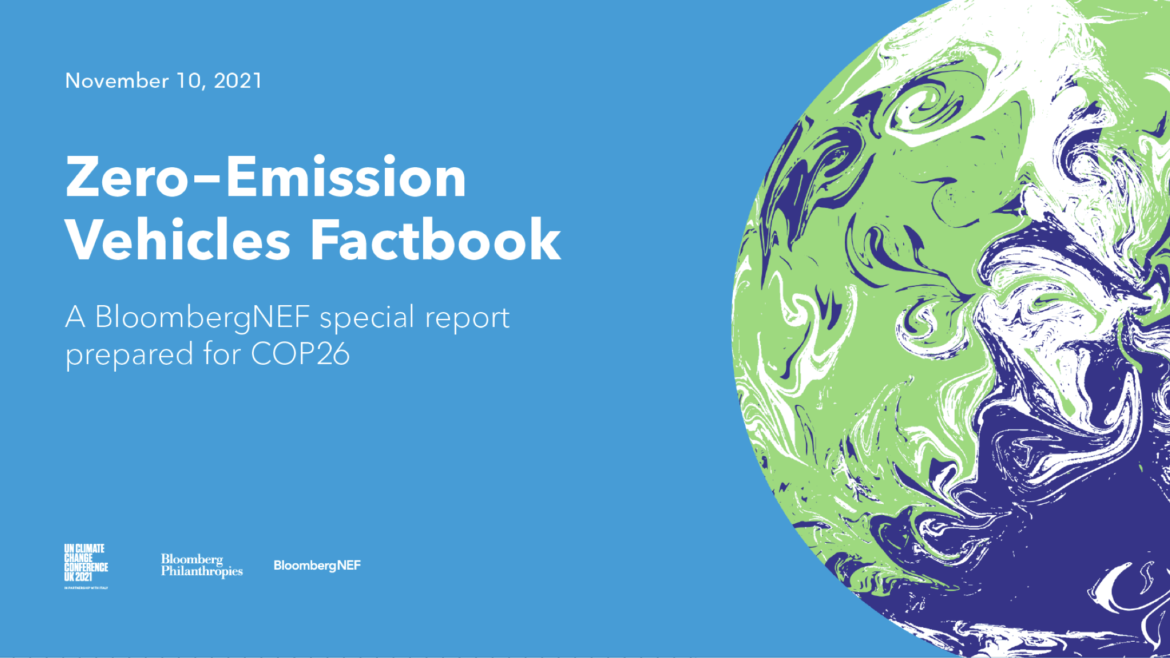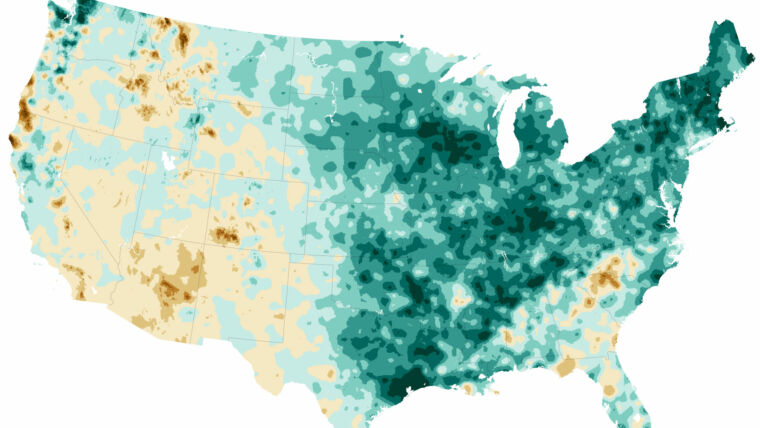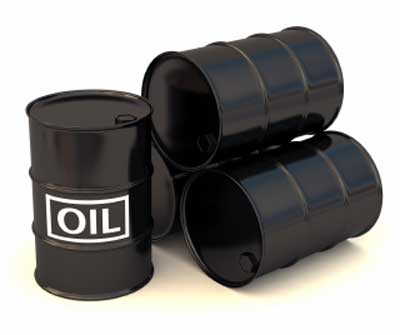I hope that you are enjoying a wonderful Thanksgiving weekend and for all my Jewish readers, a very happy Chanukah starting at sundown tonight. We are having our Chanukah party tonight! Reflecting on what I am most thankful for it is the same this year as always: my family and health of all of us. I and my family have all been so incredibly fortunate and without either or both, family and health, nothing else matters. And I believe that a loving and supportive family are the foundation of a highly functioning society and community and the antidote to most, if not all, of our social ills. My best to you and yours this thoughtful weekend.
This shortened work week has been unusually slow on environmental news. So I thought it gives me an opportunity to go back over some news that goes back a short while that cumulatively paints a pretty strong story of where we are going in the transportation sector in case you have any doubts. After that focus I will, as usual, reference some other developments that relate to other topics especially the newest topic I am now covering. This is the developing research and technology to suck CO2 OUT of the atmosphere that, if successful and able to be brought to scale economically, could have a dramatic impact on the future of the natural systems of the planet.
Recently I was visiting my friend Sam at the University of Chicago who is the Executive Director of EPIC (Energy Policy Institute at the University of Chicago) there. He shared with me a slide deck (November 10, 2021) which you can access in full by clicking on this link:
https://assets.bbhub.io/professional/sites/24/BNEF-Zero-Emission-Vehicles-Factbook_FINAL.pdf
There is an incredible amount of data here that you should check out. While it doesn’t come right out and say it, the very clear message I get from all this is that we are on a very clear path to 100% electric vehicle adaptation and that there is no turning back now. Furthermore, as I have been projecting and predicting all along, the pace is increasing exponentially and that estimates for the speed of change have continued to accelerate (yes, pun intended) and will only continue to do so.
Some of the highlights:
Introduction and key messages
This special report has been produced by BloombergNEF at the request of the U.K. COP26 Presidency and in partnership with Bloomberg Philanthropies, to coincide with COP26, the 2021 United Nations Climate Change Conference.
Since the last Conference of the Parties in late 2019, global momentum towards zero-emissions road transport has accelerated significantly. Just a few signs of progress include:
-
● Annual electric vehicle sales are on track for around 5.6 million units in 2021, up from 2.1m in 2019 and 3.1m in 2020. 7.2% of new cars sold globally in the first half of this year were electric, up from 2.6% in 2019 and 4.3% in 2020. The global clean road transport market will be worth around $244 billion this year.
-
● There are more than 500 zero-emission vehicle models available to buy globally, up 37% since 2019.
-
● Proposed and confirmed rules in the U.S., EU and China imply that EVs will be roughly 20-30% of car sales in those markets by 2025.
-
● Automakers have collectively committed to sell around 40 million EVs per year by 2030, and automakers with planned phase-outs of combustion engines now account for 27% of the global auto market.
This Zero-Emission Vehicles Factbook documents the progress that has been made towards global net zero in the road transport sector, and shows that the future is brighter than ever for zero-emission vehicles (ZEVs).
After this portion here are some of the topics.
The outlook for zero-emission vehicles has improved markedly: Long-term outlooks for battery electric and fuel cell vehicle adoption have become more bullish in the last two years. Companies forecasting ZEV adoption now see tens of millions more battery electric vehicles (BEVs) and fuel cell vehicles (FCVs) on the road in the future than they expected in 2019.
ZEVs are now expected to take more market share, sooner
Passenger electric vehicles sales have accelerated significantly since COP25
Leading automakers are 45% more committed to EVs than they were in 2019
Clean transport investment will exceed $240 billion in 2021
Deviating from the report for a moment let me add this bit of information for context on this HUGE issue that will drive the transition much faster than is currently being forecast:
From The Wall Street Journal July 23, 2021:
Gas Engines, and the People Behind Them, Are Cast Aside for Electric Vehicles
“Developing a new gas engine can cost as much as $1 billion and involves hundreds of suppliers. Over the past several decades, auto makers in most years rolled out between 20 and 70 new engines globally, according to research firm IHS Markit. That number will fall below 10 this year, and then essentially go to zero, the research firm said.”
New BEVs can charge faster than ever…
… And drive for longer distances
With increased scale and improving tech, battery prices will continue to fall
BEVs will soon be cost-competitive to make and buy, on an unsubsidized basis: Some of the largest automakers plan to commit most of their development efforts and capital spending towards electrification in the next five years.
Manufacturers covering 58% of the auto market have set some form of net-zero target
Governments of all levels are implementing ICE phase-out targets
Countries with phase-out targets account for 19% of the passenger vehicle market
17 countries are targeting complete phase-outs of conventional cars
Seeing all this data together is quite breathtaking. And remember that the projected date of total adaptation is continually moving closer so take these projections with the grain of salt and realize that in reality 100% sales of EVs will happen much much sooner than this data might suggest.
In other transportation news:
CNN News November 20, 2021
Rolls-Royce Claims to Have Developed the World’s Fastest All-Electric Aircraft
Rolls-Royce claims to have developed the world’s fastest all-electric aircraft
From Bloomberg HypeDrive November 24, 2021
Arc Boat, the Los Angeles startup trying to do for watercraft what Tesla did for sedans, has raised another $30 million that will help the company to finance its first production run of the Arc One. The starting price for the launch model: $300,000, which co-founders Mitch Lee and Ryan Cook are confident won’t be a deterrent, Kyle Stock reports. “Gas boats are so much more of a pain to own than gas cars,” said Lee, the company’s chief executive officer. “Electric boats solve most of the issues, if not all of them.” The long-term goal for the nearly year-old company: put battery-powered electric motors in pretty much everything that floats.
From E&E Climatewire October 12, 2021
Nearly 1 in 4 U.S. Roads Vulnerable to Flooding — Report
https://subscriber.politicopro.com/article/eenews/2021/10/12/nearly-1-in-4-us-roads-vulnerable-to-flooding-report-281799
Nearly a quarter of the nation’s road miles are at risk of becoming impassable during a flood, according to a groundbreaking new study that documents the surprising vulnerability of key U.S. facilities such as roads, hospitals and power plants.
And more on removing CO2 from the atmosphere.
From E&E Climatewire November 24, 2021
E.U. Steps Up Push to Remove Carbon from Atmosphere
https://subscriber.politicopro.com/article/eenews/2021/11/24/eu-steps-up-push-to-remove-carbon-from-atmosphere-283579
The European Union wants to use technology to remove 5 million tons of carbon dioxide from the atmosphere annually by 2030, as part of its goal to reach carbon neutrality by midcentury
While that’s a relatively small proportion of the bloc’s total emissions — about 3.5 billion tons of carbon dioxide-equivalent a year — the push to use technology could eventually be a key tool in the fight against climate change, should it be shown to be possible at scale.
Associated Press in E&E Climatewire November 11, 2021
Air-Scrubbing Machines Gain Momentum, but Long Way to Go
https://subscriber.politicopro.com/article/eenews/2021/11/10/air-scrubbing-machines-gain-momentum-but-long-way-to-go-283019
Just a few years ago, this technology, known as “direct air capture,” was seen by many as an unrealistic fantasy. But the technology has evolved to where people consider it a serious tool in fighting climate change.
The Iceland plant, called Orca, is the largest such facility in the world, capturing about 4,000 metric tons of carbon dioxide per year. But compared to what the planet needs, the amount is tiny. Experts say 10 billion tons of carbon dioxide must be removed annually by midcentury.
And finally this peculiar tidbit.
From The Bloomberg Open November 24, 2021
Feeding fish a long-lost fungus may help save the world’s trees. At least, that’s what one Finnish company is betting as it aims to tackle deforestation.
-
Biologists at EniferBio spent lockdown in a lab on the border of Helsinki resurrecting a fungus called Pekilo. Results of early trials show that salmon, the world’s most-traded fish, can easily digest it.
-
Fish farms (which supply most of what eventually ends up on our plates) currently depend on soybeans to feed their stock—and soybeans are the second-biggest driver of tropical deforestation.
-
Some are saying Pekilo may be a game changer in the aquafeed world. The EU’s on board. Its maritime and fisheries fund granted EniferBio $1.4 million in October, adding to cash from venture capital firm Nordic FoodTech.



